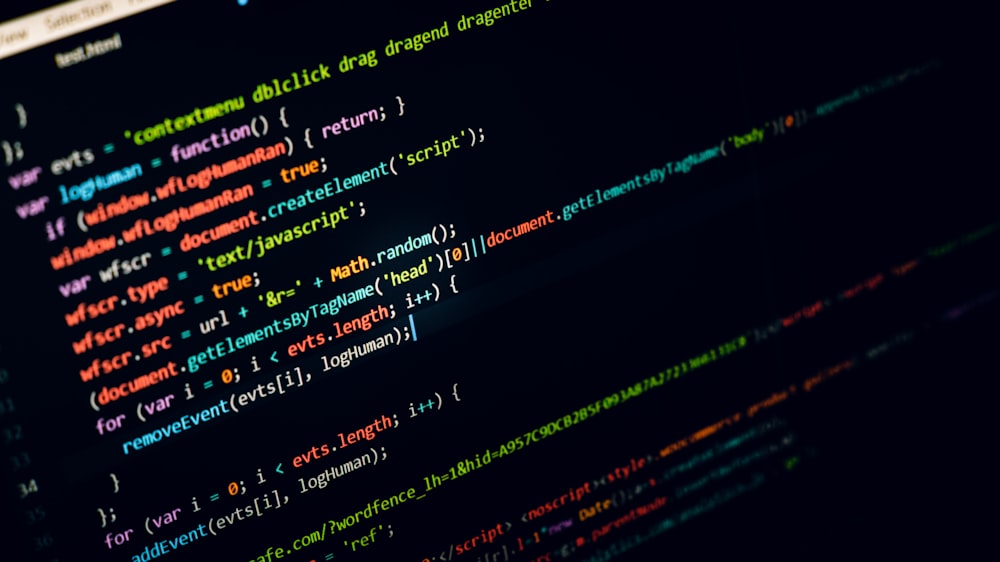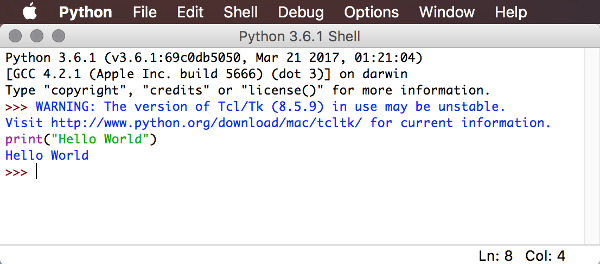
Mastering Code Choosing the Best Language for Learning
Embark on Your Coding Journey: Choosing the Best Language for Learning
Introduction to the Coding Landscape
In the vast realm of coding, selecting the right language is akin to choosing the tools for your craft. Aspiring coders often find themselves pondering, “What is the best coding language to learn?” Let’s navigate this decision-making process and explore the factors that make a language stand out in the coding education landscape.
Python: The Swiss Army Knife of Coding
Python consistently emerges as a front-runner in the best coding languages to learn. Renowned for its readability, versatility, and beginner-friendly syntax, Python serves as a Swiss Army knife for coders. Whether you’re diving into web development, data science, or artificial intelligence, Python’s adaptability makes it an excellent starting point for coding enthusiasts.
JavaScript: Powering the Web
For those fascinated by web development, JavaScript is an indispensable companion. As the language that powers interactivity on the web, JavaScript provides the essential building blocks for creating dynamic and engaging user experiences. Learning JavaScript opens doors to front-end and back-end development, making it a valuable addition to your coding repertoire.
Java: Building Robust and Scalable Applications
Java, a stalwart in the coding arena, stands out for its ability to build robust, scalable applications. Widely used in enterprise settings, Java’s platform independence and object-oriented principles make it a go-to language for crafting applications that can withstand the demands of large-scale systems. Learning Java lays a solid foundation for software development.
C#: A Framework for Windows Development
If your coding journey is set against the backdrop of Windows development, C# is a language that deserves your attention. Developed by Microsoft, C# seamlessly integrates with the .NET framework, making it a powerful choice for creating Windows applications, web services, and enterprise-level software solutions.
Swift: Crafting Seamless iOS Apps
For aspiring mobile app developers, Swift is the language of choice when venturing into the iOS ecosystem. Developed by Apple, Swift combines speed, safety, and modern syntax to streamline the process of creating seamless and responsive iOS applications. Learning Swift opens doors to a vibrant world of mobile app development.
Go (Golang): Concurrency and Efficiency
Go, commonly known as Golang, has gained prominence for its emphasis on simplicity, concurrency, and efficiency. Developed by Google, Go is well-suited for building scalable and efficient systems. Its straightforward syntax and built-in support for concurrent programming make it an intriguing language for those keen on system-level development and cloud computing.
Ruby: Elegant and Developer-Friendly
Ruby, celebrated for its elegant syntax and developer-friendly environment, is a language that prioritizes simplicity and productivity. Often associated with the Ruby on Rails framework, learning Ruby can be a gateway to building web applications with speed and elegance. It’s a language that values convention over configuration, fostering a smooth development experience.
Rust: Empowering System-Level Development
For those with a penchant for system-level development and a focus on performance and safety, Rust enters the scene. Rust’s emphasis on memory safety without sacrificing performance makes it an appealing choice for projects where efficiency







